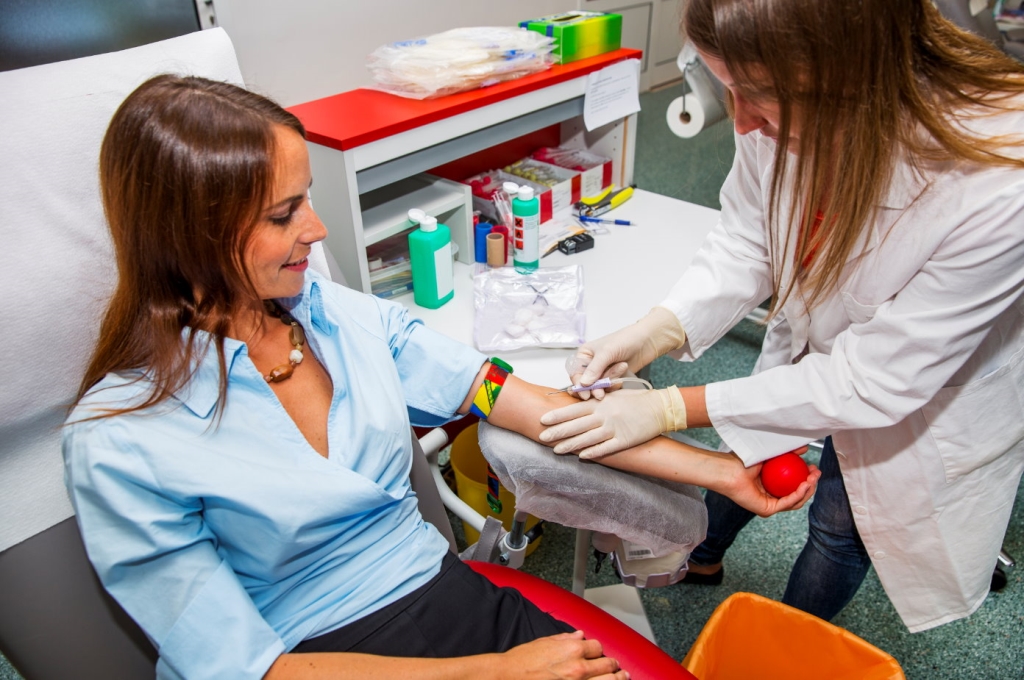Step-by-Step Guide: How to Obtain Your Phlebotomy License and Launch Your Healthcare Career
Are you considering a career in the healthcare sector? If so,phlebotomy might be an excellent choice for you. Phlebotomists play a vital role in patient care, responsible for drawing blood for tests, transfusions, research, or blood donations. In this comprehensive guide, we’ll walk you through the process of obtaining your phlebotomy license, along with tips and insights to kickstart your healthcare career.
Why Pursue a Career in Phlebotomy?
Before delving into the licensing process,let’s explore some benefits of becoming a phlebotomist:
- High Demand: The healthcare industry is always in need of skilled phlebotomists.
- Quick Employment: With only a few months of training, you can enter the workforce.
- Rewarding Experience: Helping patients and contributing to their health can be highly satisfying.
- Career Growth: Opportunities for advancement exist in various healthcare roles.
Step 1: Understand Phlebotomy Requirements
Before you start your journey, familiarize yourself with the educational and certification requirements that vary by state:
| State | Required Education | Certification Needed |
|---|---|---|
| California | High School Diploma | California State Certification |
| Texas | High School Diploma | National certification |
| Florida | High School Diploma | National Certification |
step 2: Complete a Phlebotomy Training Programme
Enrolling in a phlebotomy training program is essential.Here’s what to look for:
- Accreditation: Ensure the program is accredited by a recognized body.
- Curriculum: Look for courses that cover anatomy,safety procedures,and blood collection techniques.
- Hands-On Experience: Choose a program that offers practical training.
Step 3: Gain Clinical Experience
Most programs will require you to complete a certain number of blood draws. This practical experience is crucial not just for your skills but also for certification:
- Internships: Seek internships or volunteer opportunities at local hospitals or clinics.
- Practice: Make sure to practice under the supervision of experienced professionals.
Step 4: Earn Your Certification
Once you’ve completed your training and gained clinical experience, it’s time to get certified. Several national organizations offer certification exams:
- American Society for Clinical Pathology (ASCP)
- National Phlebotomy Association (NPA)
- American Medical Technologists (AMT)
Preparing for Your Certification Exam
Here are some top tips to prepare for your exam:
- review Course Materials: Go over the materials from your training program.
- Take Practice Exams: Utilize online resources and study groups.
- Understand the Format: Familiarize yourself with the exam format and types of questions.
Step 5: Apply for Your Phlebotomy License
after passing your certification exam,you can apply for your state-specific phlebotomy license:
- Documentation: Gather your certification,transcripts from your training,and identification.
- Request Fee: Be prepared to pay an application fee as part of the process.
- Background Check: Some states may require a criminal background check.
Step 6: Seek Employment
Now that you are licensed, its time to look for job opportunities!
- Resumes: Update your resume to include your training, certification, and any relevant experience.
- Job Boards: Use job boards specializing in healthcare positions.
- Networking: Connect with professionals in the industry online and at local events.
Tips for Launching Your Phlebotomy Career
Here are some additional tips that can help you gain a competitive edge:
- Continue Education: Stay updated with the latest techniques and technologies.
- Join Professional Organizations: These networks can provide support and resources.
- Build Soft Skills: Work on dialog, empathy, and patience, which are essential in patient interactions.
Case Study: A Phlebotomist’s Journey
Meet Jessica, a newly licensed phlebotomist. After completing her training at a community college and passing her NPA exam, Jessica quickly found a job in a busy hospital.She shares:
“The hands-on training was invaluable. Day one on the job felt less daunting as I had actually practiced the skills I learned. Networking with fellow phlebotomists has also opened up additional opportunities.”
Conclusion
Obtaining your phlebotomy license is an achievable and rewarding goal that can set you on a path toward a fruitful healthcare career. By following these steps — understanding requirements, completing a training program, gaining experience, earning certification, and applying for your license — you’ll be well-prepared to succeed in this vital medical field. Start your journey today, and contribute to the health and well-being of others!
